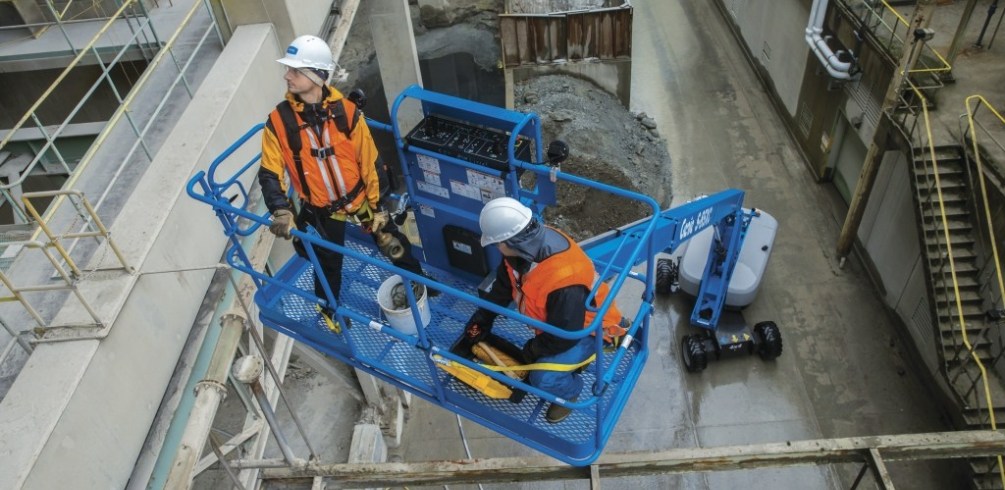MEWP Safe Use Plan: Creating Rescue Plans
by Scott Owyen - Director of Training On May 8, 2019, 03:00 AM
Subscribe To Aerial Pros
Filter by tags
When a person falls or is ejected from a mobile elevating work platform (MEWP), it only takes a short period of time for them to experience suspension trauma (blood pooling in their legs) even if they are wearing a properly fitted full-body harness. Research indicates that suspension in a fall arrest device can result in unconsciousness, followed by death, in less than 30 minutes. ANSI Z359.406.1 Standard recommends a goal for rescue subject contact of less than six minutes, and OSHA 1926.502 [D] [20] and OSHA 1910.66 states “the employer shall provide for prompt rescue of employees in the event of a fall or shall assure the employees are able to rescue themselves.”
Under the new ANSI A92.22-2018 and CSA B354.7:17 Standards, every organization that operates MEWPs needs to develop a safe use plan and having documented rescue plans is a requirement. Workers need to be trained on the procedures to follow in the event of a fall or witness another individual fall, and it must also be part of your training program.
Rescue plan requirements
Here’s an outline of the information you need to include in your rescue plan:
- Company name and location
- Worksite location
- The identification of fall hazards associated with the operation of the MEWP
- Documented work procedures to eliminate or mitigate risk
- Training on
- Self—rescue (by the person involved)
- Assisted rescue (by others in the work area)
- Technical rescue (by emergency services)
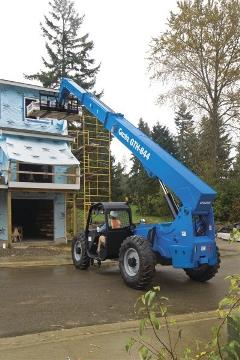 Reviewing rescue options
Reviewing rescue options
- Platform auxiliary controls: Attempt to use in the event that the primary platform controls stop responding
- Platform installed self-rescue system: These systems are typically after-market devices that can be mounted in the platform to allow the operator to self-rescue by attaching the system to the D-ring on their harness, exiting the platform and using the device to lower themselves to the ground. Keep in mind extensive training is required with these systems.
- Personal self-rescue system: Use in the event of a fall or ejection from the platform. These after-market devices can be mounted to the operator’s full-body harness. Again, extensive training is required with this device.
- Suspension trauma safety straps: These lightweight systems mount onto the side straps of the operator's harness and can be quickly used in the event of a fall or ejection. The straps contained in a case allow the operator to stand up in their harness to relieve the pressure being applied to arteries and veins until they can be rescued.
Options for assisted rescues
- Primary ground controls
- Auxiliary ground controls
- Use of secondary MEWP
Please note that any of these rescues should only be carried out by appropriately trained personnel.
Technical rescue information
In the event a technical rescue by emergency personnel is required, rescue procedures must account for the reasons why the platform may be stranded at height and any need for prompt action. Firefighters and other rescue professionals are trained in technical rescue, but their response time and the equipment they use may not be the best option to meet OSHA requirements for prompt rescue after a fall arrest and should be considered to be a last resort.
Additional resources
As you begin to think through and build your company’s rescue plan, take a moment to download the Genie Safe Use Plan Guidance document. It contains additional details and templates.
Related Posts
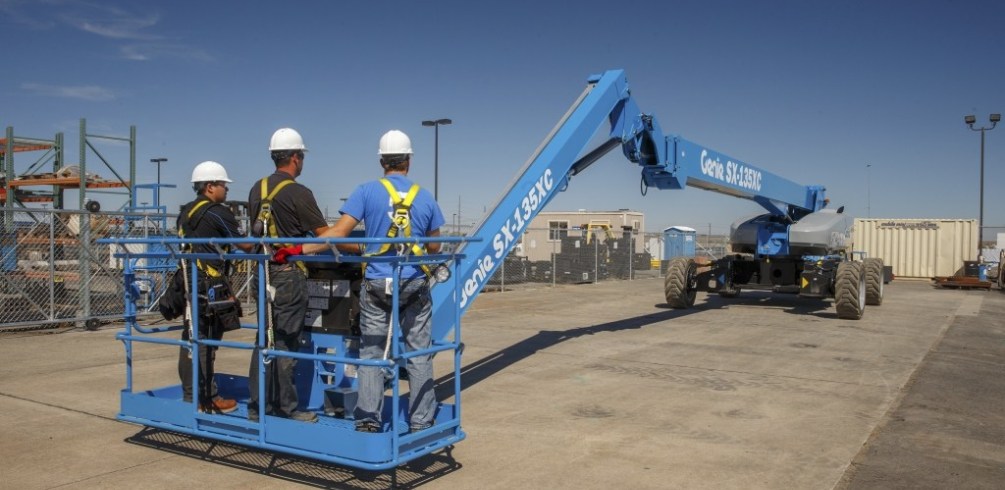
MEWP Safe Use Plan: Risk Assessment
The new ANSI A92.22-2018 and CSA B354.7:17 Standards should have everyone who uses mobile elevating work platforms reevaluating or creating a safe use plan.
Continue Reading
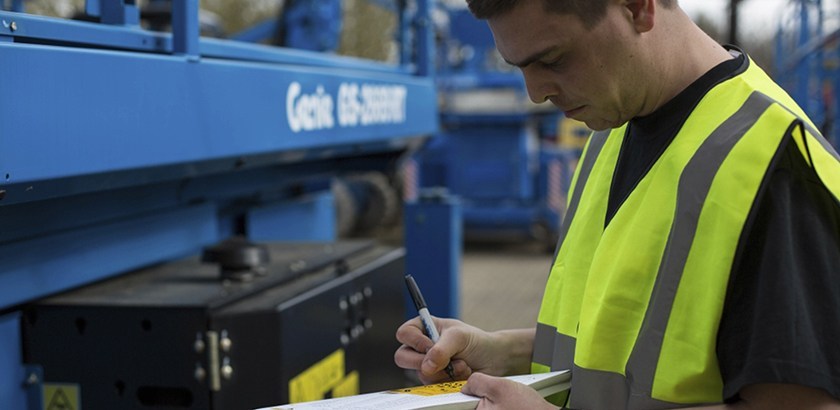
MEWP Safe Use Plan Guidance
The operation of any Mobile Elevating Work Platform (MEWP) is subject to certain hazards that can be protected against only by the exercise of intelligence, care and common sense, and not by any device.
Continue Reading
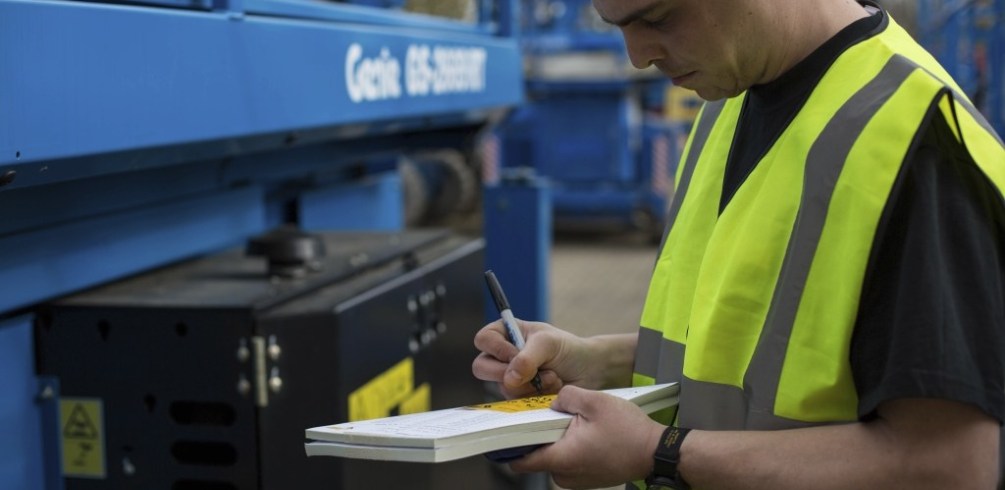
Creating a MEWP Safe Use Plan
With new the ANSI A92.22-2018 and CSA B354.7:17 Standards on everyone’s mind these days, it’s essential for business owners that employ the use of Mobile Elevating Work Platforms (MEWPs) to spend some time creating a **safe use plan** for their organization.
Continue Reading


